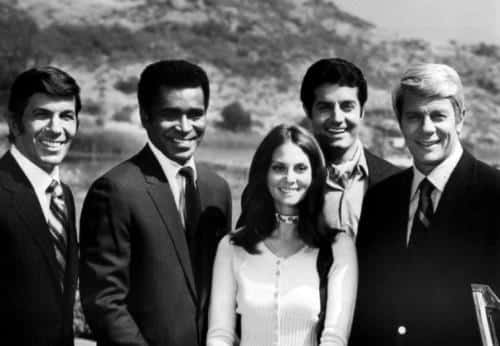
How is the CEO of a nonprofit like a farmer? Both must acquire and husband their resources to the benefit of the entire enterprise.
The role of an Executive Director is to acquire and husband all the resources of an organization, so those resources can best serve the mission. These resources may be dollars, good will, facilities or, most importantly, the people who are making a difference.
This post is based on one I wrote almost 10 years ago. The realization still holds true. Most people looking into the nonprofit world from the outside don’t really understand the role of the Executive Director. Board members and senior staff may, but the clients, visitors, junior staff and general public are often in the dark.
But what do you DO?
When I headed a Hillel (a campus organization for university students), students and parents could see the Program Director in action; but more than one student wanted to know: what did I actually do? At Tri-State Bird Rescue and Research, people saw the work of the veterinarians and technicians; but what did I do? At a private day school, they could see the teachers and the principal; but as Executive Director, what did I do? Even now, as consultant to nonprofit organizations, I frequently meet donors and board members who misunderstand the role of the CEO. Some want the CEO to interfere in the daily operation of a program. Others want the CEO to kowtow to the donor or to the board. Still others don’t know why they need an ED at all.
The ED’s Mission Statement
If a job can have a mission statement, then the mission of an Executive Director is to acquire and husband all the resources of an organization, so those resources can best serve the organization’s mission.
Like other good mission statements, this one is simple and can be phrased in one sentence. But this very simplicity holds a myriad of ramifications.
First, define resources. Resources may be dollars, good will, facilities, leaders, or the important people who make the mission a success. An Executive Director recognizes that each of these must come together to make the organization work. Focus solely on dollars to the exclusion of the people, or focus only on the building to the exclusion of community relations, and your world is unbalanced. Ignoring one of the resources while focusing solely on another and you end up fighting fires.
Acquire and Husband…
What does it mean to acquire resources? It means building relationships with others who can provide the resources you need. Donor relations and foundation relationships are part of resource acquisition – to obtain funds or services or in-kind gifts. Developing job descriptions is part of resource acquisition – to hire the best people. Reviewing new facilities and engaging a good real estate broker is part of resource acquisition – to find the best location. Being visible and participating in community functions is part of resource acquisition – acquiring good will and able board members. Acquiring resources is a key part of the job of an Executive Director – it’s important to remember that it doesn’t just mean dollars.
What about husbanding resources? According to the Oxford English Dictionary, the definition of the verb ‘husband’ is to use, spend, or apply economically; to make the most of. Applied to the role of Executive Director, it means making wise decisions on how to use the resources at hand. Knowing when to spend more in order to achieve great things, and when to spend less in order to preserve assets. Creating a budget that balances the needs of the organization, and understanding the impact on the mission when cuts have to be made. It means knowing when to spend on air fare in order to meet with a major donor, and knowing when to expend good will in order to save the organization from mission creep.
The Executive Director is the Board’s partner in driving and fulfilling the Mission and Vision of the organization. The CEO’s role is to acquire the resources necessary to fulfill the mission, and to use them wisely.
What do you think?



